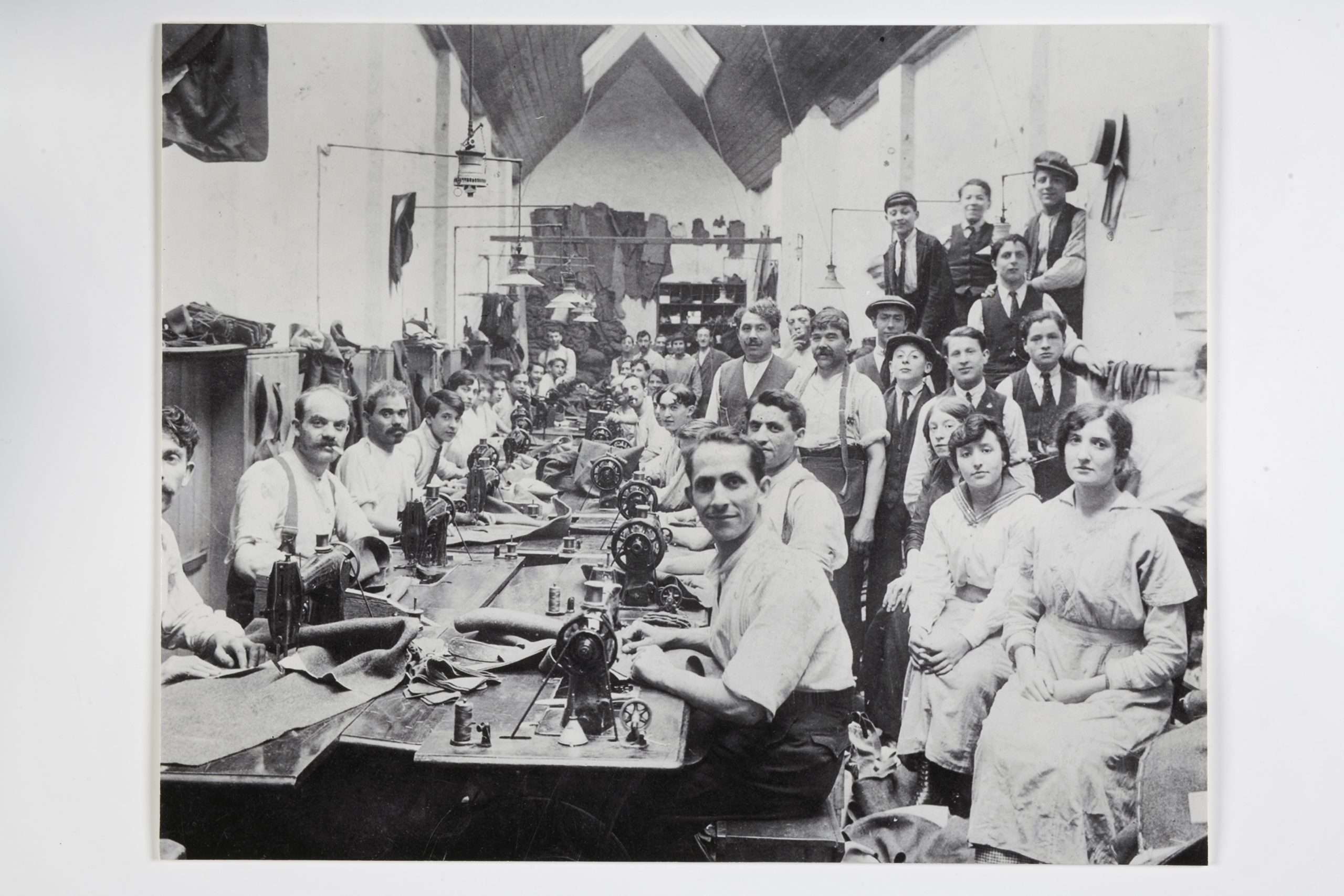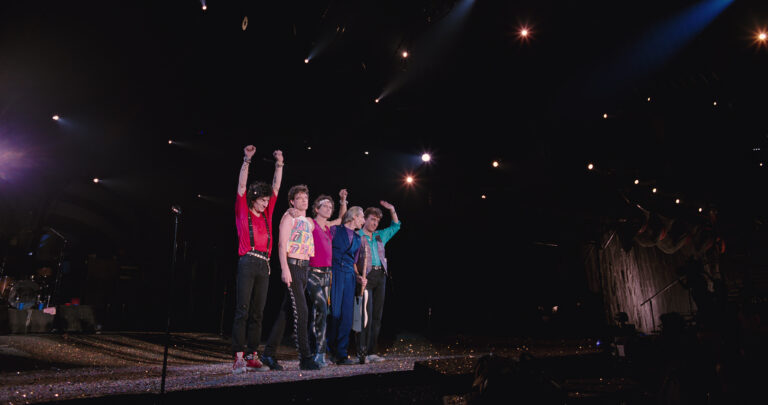I was amazed at how many top shops and designers are Jewish but was disturbed to find, when visiting the Fashion City exhibition, that most people do not know this fact because Jewish tailors and designers felt a need to hide their background, writes Michael Holland.
For millennia, Jews have been hounded out of countries around the world, beaten, tortured, murdered and moved on. Each time having to pick up and start again somewhere else until the next time. English Christians once cast out the Jews in the 13th century; in 1290 they were expelled by Edward 1 in exchange for Parliament paying off his war debts. They were even made to wear badges to identify themselves. And that is in England. This, though, happened all over Europe.
With the Russian pogroms of the late 19th century the Jews were once again forced to flee and many came to England and settled in the big cities. They found a home in the East End of London but were barred from many occupations; tailoring, however, was one job they were allowed to do.
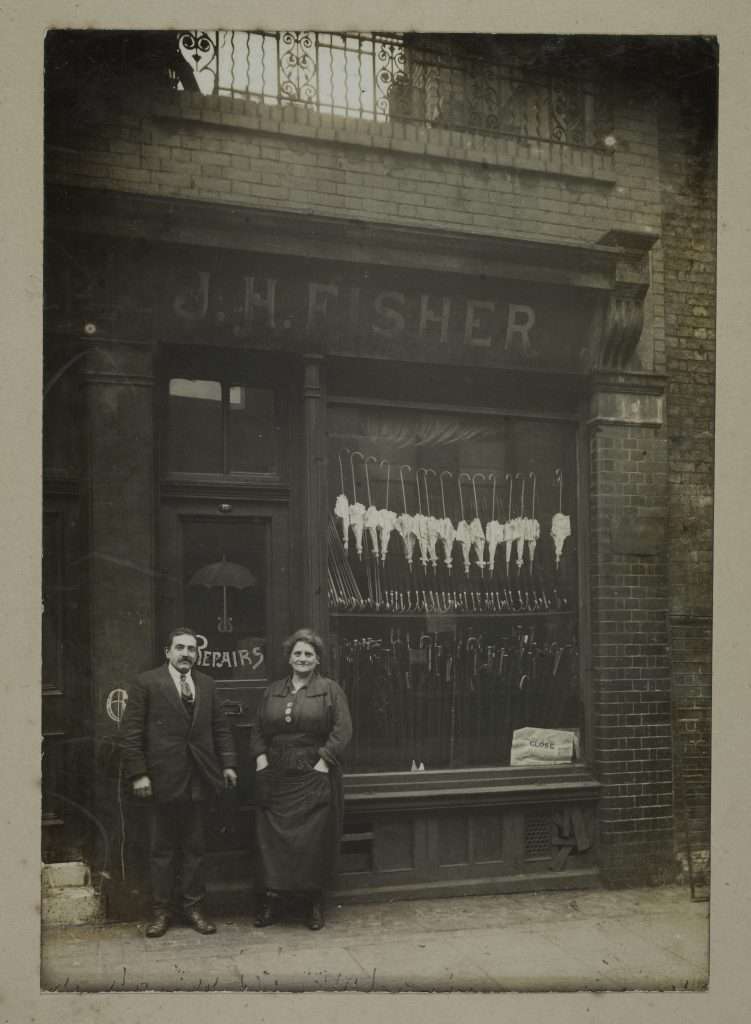
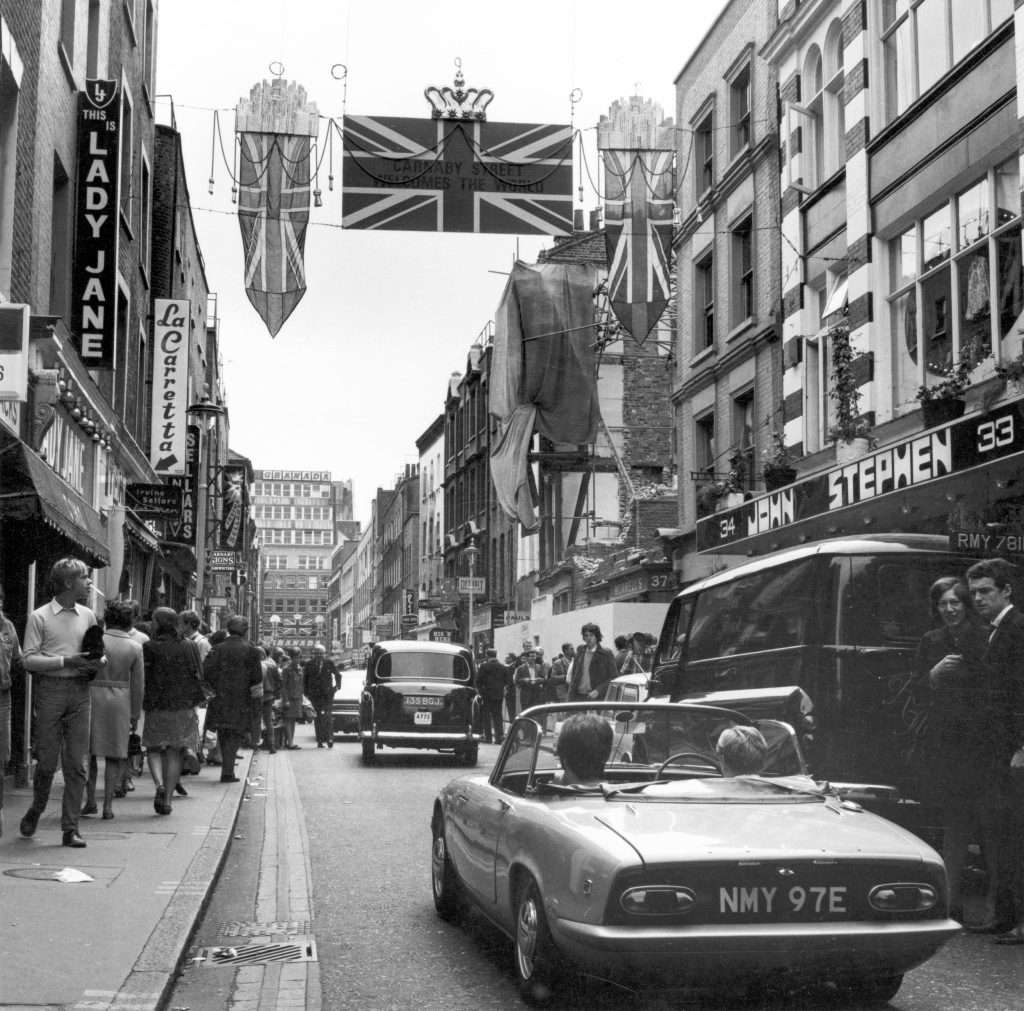
Through oppression, hard graft and looking out for each other, the Jews moved slowly up the ladder. From working in sweatshops for others they began their own small tailoring factories, eventually earning good commissions from well-known shops; they opened their own shops to clothe the locals in the days when everyone had to have a suit for ‘Sunday best’, and their products began to have more of a presence.
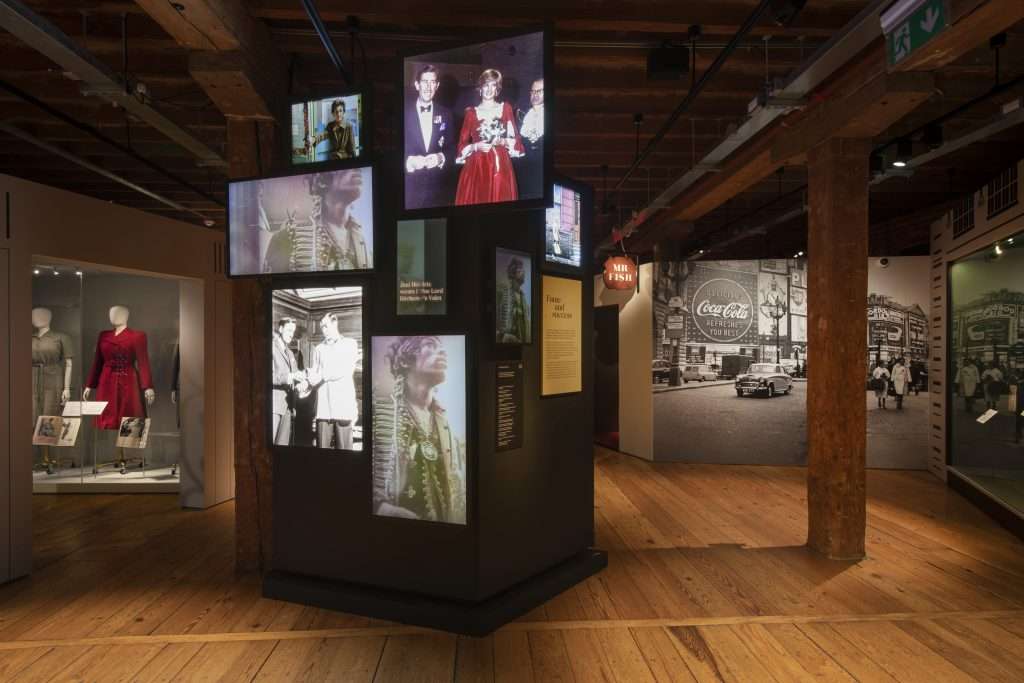
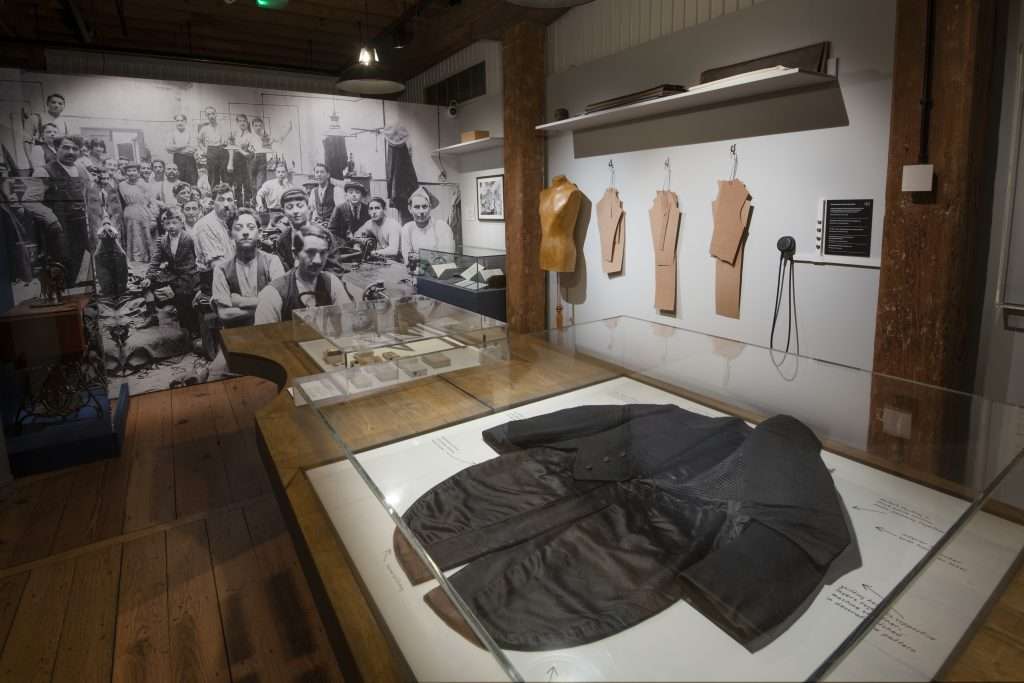
A large proportion of the Carnaby Street stores were opened by Jewish tailors and designers. Other West End stores were Jewish-owned: Cecil Gee and Moss Bros being two of the most well-known. Rebecca Nagli became the famous designer Peggy Lewis; Chaskiel Kupferstein opted for Charles and produced women’s clothing under the brand name “Koupy’; Frederick Weinbaum created his own fake biography to become known to famous couturiers as Frederick Starke. The legendary Marks & Spencer was one of the first large businesses to bear a Jewish name.
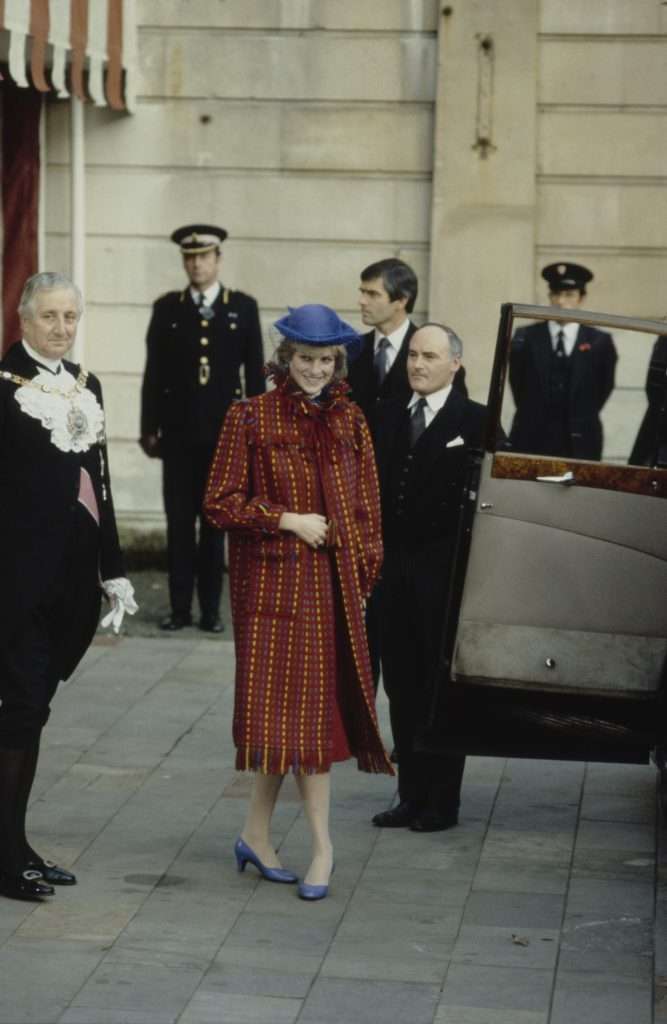
Mr Fish was so powerful he had men wearing garish kipper ties, and almost had men in maxi dresses! The Jewish impact on British fashion was complete when they clothed Hendrix, Caine, Jagger, Bowie and Bond in the 60s and 70s – Even Dot Cotton. But, perhaps, the absolute highlight was Lady Diana wearing a coat by Belville Sassoon.
Fashion City does much to let the world know how creative Jews are, especially right now when people can only see them in one unflattering light, but their creativity came from centuries of exploitation and injustice and having to do the best with what they were given. Now, the timeless beauty of what they produced is famous the world over.
Fashion City, Museum of Docklands, No.1 Warehouse, West India Quay, London, E14 4AL until 14th April. Times: Daily: 10am – 5pm. Admission: £13.50 – £1. Under 12s Free.
Booking: www.museumoflondon.org.uk


